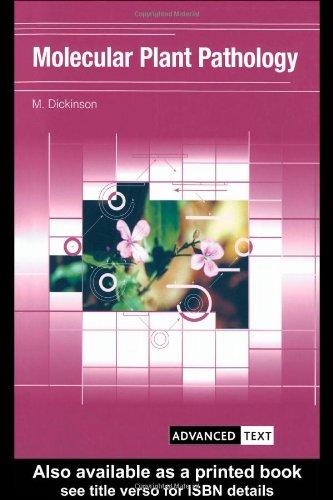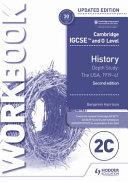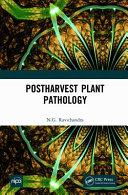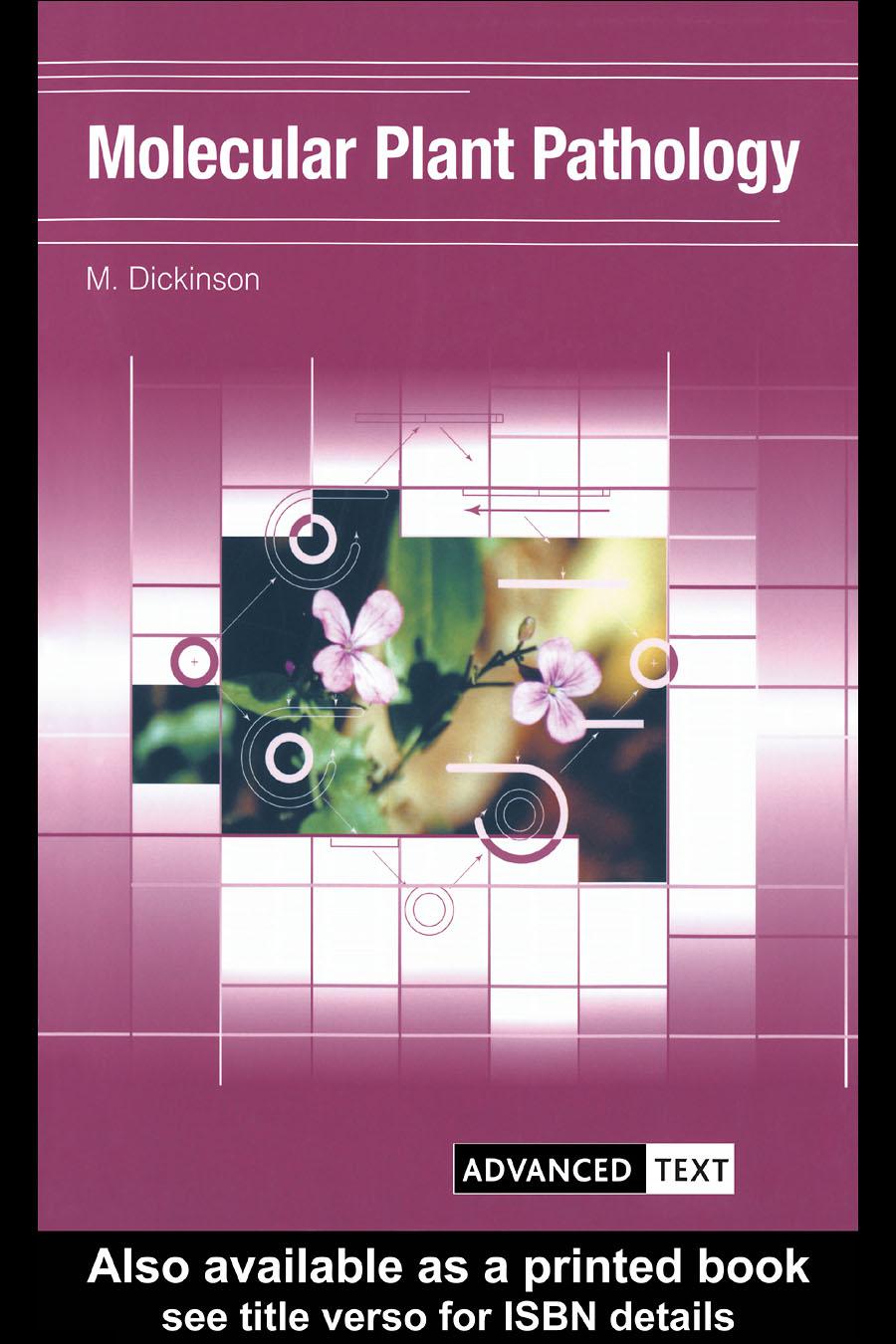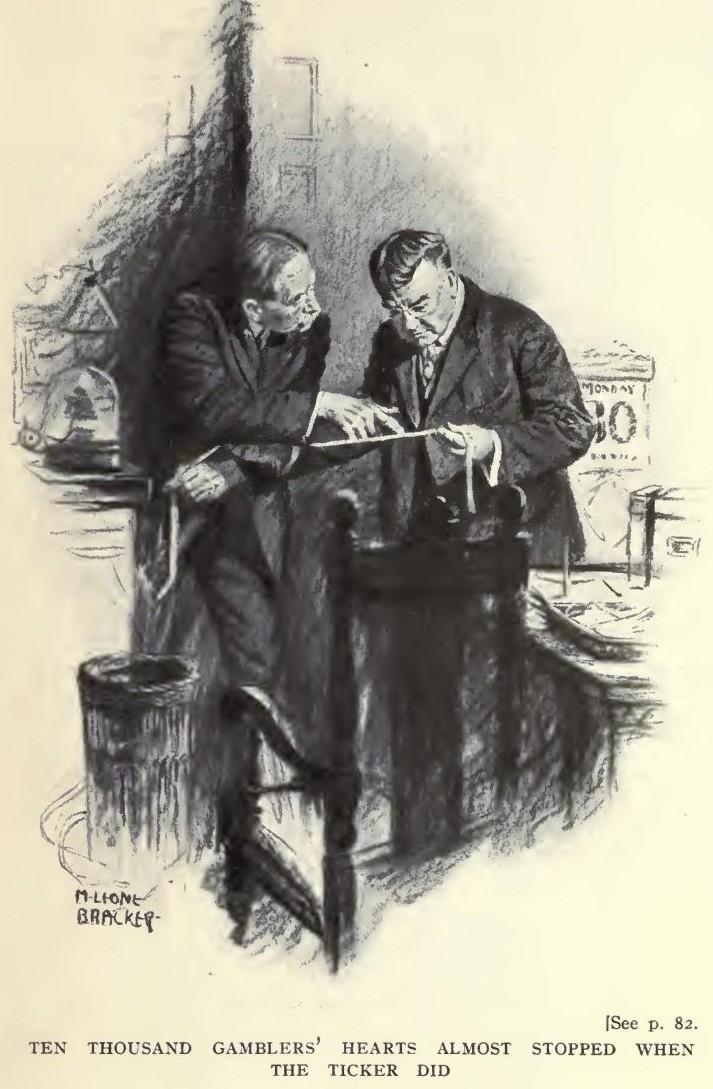Here are some recommended products for you. Click the link to download, or explore more at ebooknice.com
(Ebook) Biota Grow 2C gather 2C cook by Loucas, Jason; Viles, James ISBN 9781459699816, 9781743365571, 9781925268492, 1459699815, 1743365578, 1925268497
https://ebooknice.com/product/biota-grow-2c-gather-2c-cook-6661374
(Ebook) Matematik 5000+ Kurs 2c Lärobok by Lena Alfredsson, Hans Heikne, Sanna Bodemyr ISBN 9789127456600, 9127456609
https://ebooknice.com/product/matematik-5000-kurs-2c-larobok-23848312
(Ebook) SAT II Success MATH 1C and 2C 2002 (Peterson's SAT II Success) by Peterson's ISBN 9780768906677, 0768906679
https://ebooknice.com/product/sat-ii-success-math-1c-and-2c-2002-petersons-sat-ii-success-1722018
(Ebook) Master SAT II Math 1c and 2c 4th ed (Arco Master the SAT Subject Test: Math Levels 1 & 2) by Arco ISBN 9780768923049, 0768923042
https://ebooknice.com/product/master-sat-ii-math-1c-and-2c-4th-ed-arcomaster-the-sat-subject-test-math-levels-1-2-2326094
(Ebook) Cambridge IGCSE and O Level History Workbook 2C - Depth Study: the United States, 1919-41 2nd Edition by Benjamin Harrison ISBN 9781398375147, 9781398375048, 1398375144, 1398375047
https://ebooknice.com/product/cambridge-igcse-and-o-level-historyworkbook-2c-depth-study-the-united-states-1919-41-2nd-edition-53538044
(Ebook) Bacterial Plant Pathology: Cell and Molecular Aspects by David C. Sigee ISBN 9780511525476, 9780521350648, 9780521619677, 0511525478, 0521350646, 052161967X
https://ebooknice.com/product/bacterial-plant-pathology-cell-and-molecularaspects-1933728
(Ebook) Postharvest Plant Pathology by N. G. RAVICHANDRA ISBN 9781032158860, 1032158867
https://ebooknice.com/product/postharvest-plant-pathology-49621440
(Ebook) Molecular Genetic Pathology by Liang Cheng ISBN 9781588299741, 1588299740
https://ebooknice.com/product/molecular-genetic-pathology-2117086
(Ebook) Plant Pathology: Techniques and Protocols by Christophe Lacomme ISBN 9781493926190, 1493926195
https://ebooknice.com/product/plant-pathology-techniques-andprotocols-5089224
Molecular Plant Pathology
M.Dickinson
School of Biosciences, University of Nottingham, Nottingham, UK
LONDON AND NEW YORK
© BIOS Scientific Publishers, 2003
First published 2003
This edition published in the Taylor & Francis e-Library, 2005.
“To purchase your own copy of this or any of Taylor & Francis or Routledge’s collection of thousands of eBooks please go to www.eBookstore.tandf.co.uk.”
All rights reserved. No part of this book may be reprinted or reproduced or utilised in any form or by any electronic, mechanical, or other means, now known or hereafter invented, including photocopying and recording, or in any information storage or retrieval system, without permission in writing from the publishers.
A CIP catalogue record for this book is available from the British Library.
ISBN 0-203-50330-9 Master e-book ISBN
ISBN 0-203-59724-9 (Adobe eReader Format) ISBN 1 85996 044 8 (Print Edition)
BIOS Scientific Publishers
Taylor & Francis Group
11 New Fetter Lane, London EC4P 4EE and 29 West 35th Street, New York, NY 10001–2299, USA Tel: (+1) 212 216 7800, Fax: (+1) 212 564 7854
BIOS Scientific Publishers is a member of the Taylor & Francis Group.
Production Editor: Andrew Watts
3.3.5
5.3
5.4
5.5
5.6
5.7
7.3
7.4
7.5
7.6
7.7
7.8
8.9
9.3.1
9.3.2
9.3.3
14.2
14.5
14.6
14.7
14.8
14.9
Abbreviations
Aadenine
ABAabscisic acid
ABCATP-binding cassette
ACC1-aminocyclopropane-1-carboxylate
ACMV African cassava mosaic virus
ADCarginine decarboxylase
AFLPamplified fragment length polymorphism
AOSactive oxygen species
avr avirulence genes
BBTV Banana bunchy top virus
BCTV Beet curly top virus
BIBACbinary bacterial artificial chromosome
BMV Brome mosaic virus
BSMG Barley stripe mosaic virus
BSV Banana streak virus
BTHbenzathiodioazole
CaMV Cauliflower mosaic virus
CAPScleaved amplified polymorphic sequence
CCcoiled coil
CHSchalcone synthases
CCMV Cowpea chlorotic mottle virus
CCRcentral conserved region
CDPKcalcium-dependent protein kinase
CPMV Cowpea mosaic virus
CRPcatabolite activator protein
CWAcell-wall apposition
CWDEcell-wall-degrading enzyme
DAGdiacylglycerol
DASdouble-antibody sandwich
DHNdihydroxynaphthalene
DHPLCdenaturing high-performance liquid chromatography
DIdefective interfering
DMIdemethylase inhibitor
dsdouble-stranded
ELISAenzyme-linked immunosorbent assay
EMSethylmethane sulphonate
EPSexopolysaccharide/ extracellular polysaccharide
EREBPethylene response element-binding protein
ESTexpressed sequence tag
FITCfluorescein isothiocyanate
FRETfluorescence resonance energy transfer
Gguanine
G+Cguanine plus cytosine
GEARgenetically engineered acquired resistance
GIPglutamine amidotransferase/ indoleglycerolphosphate synthase/ phosphoribosyl-anthranilate
GPCRG-protein coupled receptor
GUSglucuronidase
HABShigh-affinity binding site
HChelper component
HRhypersensitive response
hrchypersensitivity response, pathogenicity and conserved genes
HRGPhydroxyproline-rich glycoprotein
hrphypersensitivity response and pathogenicity genes
IAAindole-3-acetic acid
IAMindoleacetamide
IGSintragenic spacers
IpyAindolepyruvic acid
ISRinduced systemic resistance
ITRinverted terminal repeat
ITSinternal transcribed spacers
LINElong interspersed nuclear element
LPSlipopolysaccharide
LRRleucine-rich repeat
LTRlong terminal repeat
LZleucine zippers
MALDI TOFmatrix-assisted laser desorption/ionisation-time of flight
MAPKmitogen-activated protein kinase
MBCmethyl-benzimidazole-carbamate
MeJAmethyl jasmonate
MFSmajor facilitator superfamily
MHCmajor histocompatibility complex
MPmovement protein
NBSnucleotide-binding site
NOnitric oxide
NOSnitric oxide synthase
OCTornithine carbamoyltrans-ferase
ODCornithine decarboxylase
ORFopen reading frame
PAphosphatidic acid
PAIpathogenicity island
PALphenylalanine ammonia lyase
PAMPpathogen-associated molecular pattern
PAPpokeweed antiviral protein
PCDprogrammed cell death
PGpolygalacturonase
PGIPpolygalacturonase inhibitor protein
PKprotein kinase
PKCprotein kinase C
PLpectate lyase
PMEpectin methylesterase
PPV Plum pox virus
PRpathogenesis-related
PRPproline-rich protein
PSbMV Pea seed-borne mosaic virus
PTAplate-trapped antigen
PTGSpost-transcriptional gene silencing
PVX Potato virus X
PWL pathogenicity on weeping lovegrass
QTLquantitative trait loci
RAPDrandomly amplified polymorphic DNA
RBRretinoblastoma-related
RdRpRNA-dependent RNA polymerase
REMIrestriction enzyme-mediated insertion
RFLPrestriction fragment length polymorphism
RGAresistance gene analogue
RIPribosome-inactivating protein
RITCrhodamine isothiocyanate
RNAiRNA interference
ROIreactive oxygen intermediates
ROSreactive oxygen species
SAGEserial analysis of gene expression
SAMsphinganine-analogue mycotoxin
SARsystemic acquired resistance
SASsystemic acquired silencing
SCSV Subterranean clover stunt virus
SINEshort interspersed nuclear element
siRNPsmall interfering ribonucleo-protein
SNPsingle nucleotide polymorphism
SODsuperoxide dismutase
sssingle-stranded
SSHsuppression subtractive hybridisation
SSLPsimple sequence length polymorphism
SSRsimple sequence di, tri and tetranucleotide repeats
TACtransformation-competent artificial chromosome
TAStriple-antibody sandwich
Tβltabtoxine-β-lactan
T-cmsTexas cytoplasmic male sterility factor
Titumour inducing
TMV Tobacco mosaic virus
TSWV Tomato spotted wilt virus
TVCV Tobacco vein-clearing virus
TYMV Turnip yellow mosaic virus
UTRuntranslated
VIGSvirus-induced gene sequencing
YACyeast artificial chromosome
ZYMV Zucchini yellow mosaic virus
The fundamentals of plant pathology
1.1
The concept of plant disease
So much of our existence and our society depends on the ability of plants to harness light and produce oxygen and organic matter. Domestication of plants for agriculture resulted in many of the great civilisations of the past, Asian civilisations based on rice, Middle Eastern on wheat and barley, and American on maize. Over the past few thousand years, more than half of the suitable land on Earth and virtually all of the most fertile land, has been converted for agricultural use. Agriculture today is a global business, and a necessity for the production of food, drinks and other vital commodities such as building materials, fibres, clothing, drugs and medicines. New products from, and uses for, plants are constantly being sought and developed, and plants are crucial for maintaining the environment, both globally in maintaining our atmosphere, and locally in the form of recreational facilities. Today, plants dominate our lives and economy, just as they have in all civilisations.
Mankind is not alone in the need to live off plants. Indeed, since plants first colonised land around 460 million years ago, they have probably been the main nutrient source for microbes such as fungi. Most of these microbes are saprophytic, living off nutrients released from dead and decaying plants, but many have also found ways to tap into living plants for their own growth and development. Some of these are considered beneficial for agriculture, such as the nitrogen-fixing Rhizobia, or the mutualistic mycorrhizal fungi that often enhance nutrient uptake. However, it is when the interactions between plants and microbes infringe on our food supply and environment that we consider the organisms to be pathogens and the result to be disease. So just as the field of medicine has developed to understand and combat diseases on humans, plant pathology has filled this role in agriculture, horticulture and forestry.
1.2
The causal agents
1.2.1
Fungi
Of the more than 74000 known species of fungi that have been described, the majority are saprophytes, living off dead and decaying organic matter. A few cause human, animal, fish and insect diseases. However, there are more than 10000 that can parasitise living plants to cause varying degrees of damage. Some have developed a biotrophic lifestyle, in which they obtain nutrients from living host tissue, and reduce plant vigour and yield through the diversion of nutrients for their own growth and development (see Section 3.1). Other fungi exhibit a necrotrophic lifestyle in which they utilise toxins or cell-wall-degrading enzymes to kill plant cells and then metabolise the nutrients that are released. Physical damage to plants is a prerequisite for these fungi. There are also many fungi that use a combination of strategies, the hemi-biotrophs. These will initially adopt a biotrophic infection and subsequently cause more significant damage and cell death to plants as the infection progresses and sporulation commences.
All plant species are susceptible to fungal infections, and there are many fungi for which their only hosts are living plants (obligate pathogens). Other fungi can colonise plants but are also able to survive as saprophytes on dead tissue. In some cases these fungi must colonise plants for part of their life cycle, for example apple scab Venturia inaequalis and maize smut Ustilago maydis, but others may be able to survive and reproduce exclusively as saprophytes and merely use living plants as an alternative source of nutrients.
The spread of fungi from plant to plant is generally through transmission of spores. These may be carried long distances by wind and air currents, such as occurs for the rusts and powdery mildews, or they may be deposited in the soil and remain viable but inactive until triggered to germinate, often through detection of the presence of potential host plants in the vicinity. The life cycles of fungi and the different spore-producing stages that they go through are often complex and vary greatly between species. Such information is beyond the scope of this book, and readers are encouraged to refer to other texts, in particular ‘The Biology of Fungi’ by Ingold and Hudson (1993) and ‘Plant Pathology’ by Agrios (1997), for more detailed information on the life cycles of these and other plant pathogens. Table 1.1 lists some of the major species of fungi in their phyla. Whilst there are a few examples of plant pathogens in the Chytridiomycota and Zygomycota, the majority belong to the filamentous class of the Ascomycota (the filamentous ascomycetes) or to the Basidiomycota. The nomenclature of fungi can be further complicated by the presence of both imperfect (asexual) and perfect (sexual) stages to the life cycles, and fungi for which no perfect stage has yet been identified can be classified in the Deuteromycotina. Some ascomycete fungi are commonly referred to by the name of their anamorph (imperfect stage),
Random
documents with unrelated content Scribd suggests to you:
small donations ($1 to $5,000) are particularly important to maintaining tax exempt status with the IRS.
The Foundation is committed to complying with the laws regulating charities and charitable donations in all 50 states of the United States. Compliance requirements are not uniform and it takes a considerable effort, much paperwork and many fees to meet and keep up with these requirements. We do not solicit donations in locations where we have not received written confirmation of compliance. To SEND DONATIONS or determine the status of compliance for any particular state visit www.gutenberg.org/donate.
While we cannot and do not solicit contributions from states where we have not met the solicitation requirements, we know of no prohibition against accepting unsolicited donations from donors in such states who approach us with offers to donate.
International donations are gratefully accepted, but we cannot make any statements concerning tax treatment of donations received from outside the United States. U.S. laws alone swamp our small staff.
Please check the Project Gutenberg web pages for current donation methods and addresses. Donations are accepted in a number of other ways including checks, online payments and credit card donations. To donate, please visit: www.gutenberg.org/donate.
Section 5. General Information About Project Gutenberg™ electronic works
Professor Michael S. Hart was the originator of the Project Gutenberg™ concept of a library of electronic works that could be freely shared with anyone. For forty years, he produced and distributed Project Gutenberg™ eBooks with only a loose network of volunteer support.
Project Gutenberg™ eBooks are often created from several printed editions, all of which are confirmed as not protected by copyright in the U.S. unless a copyright notice is included. Thus, we do not necessarily keep eBooks in compliance with any particular paper edition.
Most people start at our website which has the main PG search facility: www.gutenberg.org.
This website includes information about Project Gutenberg™, including how to make donations to the Project Gutenberg Literary Archive Foundation, how to help produce our new eBooks, and how to subscribe to our email newsletter to hear about new eBooks.
Welcome to our website – the ideal destination for book lovers and knowledge seekers. With a mission to inspire endlessly, we offer a vast collection of books, ranging from classic literary works to specialized publications, self-development books, and children's literature. Each book is a new journey of discovery, expanding knowledge and enriching the soul of the reade
Our website is not just a platform for buying books, but a bridge connecting readers to the timeless values of culture and wisdom. With an elegant, user-friendly interface and an intelligent search system, we are committed to providing a quick and convenient shopping experience. Additionally, our special promotions and home delivery services ensure that you save time and fully enjoy the joy of reading.
Let us accompany you on the journey of exploring knowledge and personal growth!

